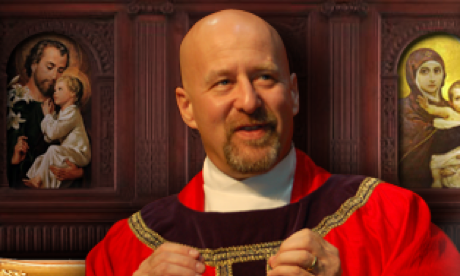John Allen has reported here on the surge of Pentecostalism across Africa and the threat it presents to established Catholicism.
Here is what he has to say:
Today the primary competition stems from Africa’s sprawling galaxy of Pentecostal and Evangelical churches, some part of global denominations but most home-grown.
In many parts of the continent, these churches dot every village square and street corner, and signs, billboards, and flyers touting their high-octane worship and miraculous claims are ubiquitous.
A 2011 study by the Pew Research Center found there were 122 million Pentecostals and 110 million Evangelicals in Sub-Saharan Africa, meaning their combined total at 232 million outpaced the number of African Catholics at 200 million. Given explosive growth rates, it’s likely that gap has widened over the six years since the survey.
Catholic prelates and professionals ponder the success of the Pentecostals with a mixture of dismay and frustration.
Why are so many Catholics attracted to the Pentecostal churches? What is the secret of their success? Should we mimic their style to keep the Catholic flock from straying? Should we simply dismiss them as heretics and schismatics? If Pope Francis is right that they are essentially our brothers and sisters, should we simply extend them a loving embrace?
The problem, of course, is not unique to Africa. Catholics worldwide are deserting the church for various forms of high-octane Protestantism.
As a former Evangelical, I can explain some of the strengths of Evangelical churches.
Evangelicalism has always been a primitivist movement. That is to say, Evangelicals are energized by the belief that they are returning to the essential, primitive forms of Christianity.
Their conviction is that they are going back to basics, and while this is largely an illusion, it does create eight characteristics that attract Catholics and which provide a critique of a Catholic Church that is too often institutionalized and ossified. Continue reading
- Fr Dwight Longenecker studied theology at Oxford University and served as a Anglican priest before becoming a Catholic.
